Picture books are an engaging way to immerse children in the wonderful world of literature. Pick a compelling story with convincing illustrations and lovable characters and it is easy to send a child off into the great world of the imagination where everything is possible.
Here are five picture books that my kids have loved and wanted read to them again and again.
Horton Hears a Who
Which child doesn’t love Dr Seuss and his clever rhymes? From Cat in the Hat to Yertle the Turtle, American author Theodor Seuss Geisel has delighted young audiences the world over.
Horton Hears A Who! is a 1954 classic that tells the tale of a kind-hearted elephant whose life changes when he hears with his big ears a yell for help coming from a dust speck.
Horton then goes circuitously out of his way to protect a city of tiny, tiny Who-folks atop that dust speck from several disbelieving kangaroos, monkeys and an eagle with whom he shares the jungle.
This story, like many other Dr Seuss favourites, has a strong moral quality to it. In this book, children learn that everyone—even the smallest and youngest—is important, a message that is reinforced at the end of the story, when the Whos are finally saved by the smallest Who of them all.
“A person’s a person, no matter how small.
And their whole world was saved by the Smallest of All!”
Horton Hears A Who was made into a movie in 2008.
Where the Wild Things Are
When Max gets into his wolf suit and misbehaves, his mother sends him up to his room without any dinner. Once there, his imagination takes over and the room turns into a vast, magical place with oceans and forests where gloriously wild things live.
Maurice Sendak’s 1963 children’s classic, Where the Wild Things Are remains a firm favourite today. Sendak won the 1964 Caldecott Medal for the Most Distinguished Picture Book, and it’s easy to see why.
His drawings are brilliant—the scenes are wild, but at the same time, safe; the monsters are scary but also sweet, lovable and slightly ludicrous; and our hero Max is always brave, always strong, always in charge and sure of what he wants—most of the time.
Every child will find it easy to lose himself in this book. When reading it to my own kids, our favourite part of the book has always been when Max cries: “Let the wild rumpus start!”
At that signal, we join in; dancing around making all sorts of scary, monster grunts and making up silly, monster tunes that are slightly different every time.
Where The Wild Things Are was made into a movie in 2009 by Spike Jonze.
The Prince Who Wrote a Letter
Humour is a precious gift to pass on to a child and Ann Love and Toni Goffe’s book has a wicked one. We all know how, as proud parents, we sometimes get carried away and do foolish things like assume too much.
When our young hero, Prince Paul, tells his father that he has learnt to write a letter on his first day at school, proud King Clifford rushes to tell the Queen, and both speculate that their son must have written to his friend across the valley, Prince Peter.
The Queen Mother is clued in about the alleged contents of the letter, the maid eavesdrops, hears the wrong thing, panics, and hurries to tell the cook—on and on it goes, like Chinese whispers, until war is imminent.
The next morning, an army of tired and hungry soldiers learns what all the fuss has been about. When pressed to divulge what he wrote in his letter, a surprised Prince Paul proudly says: “Yesterday I wrote a letter ‘a’. And today I am going to write a letter ‘b’.”
The Prince Who Wrote A Letter has it all—appealing illustrations, a compelling story with a twist in the end and a dash of the funny that keeps children smiling and chuckling.
I Want To Be
Tony Ross’ little princess decides that it is time for her to grow up. There is a slight problem, however—she is uncertain how it should be done.
Everyone in the palace has a different opinion on the matter, from her mother the queen: “Be kind”, to the prime minister: “Be clever”, to the doctor: “Be healthy”. No wonder our little princess is confused.
In the end, it’s the palace maid who sorts her out with a very sensible, “…what do YOU want to be?” Ah, the comfort of knowing that one has a choice in the matter. After some thought, the little princess declares that she wants simply to be … tall.
Ross, in his characteristic style, weaves a twist in at the end, with the little prince telling his big sister: “But you ARE tall.” Ah, the greater comfort of discovering that what one wants to be, one already is.
I Want To Be is cleverly illustrated and is one of those read-aloud books that children ask for over and over.
The Little Princess was made into an animated TV series, which debuted in the UK in 2006.
Captain Prue and Her Scurvy Crew
Captain Prue’s scurvy crew are decidedly disgusting, rascally, not terribly bright, yet rather lovable specimens of sea pirates.
When rivals goad them to do something that is unequivocally foul, evil and filthy in an effort to salvage their namby-pamby reputations, they choose staging a mutiny over picking their noses in the post office.
The mutiny quickly runs into problems when Prue makes her crew realise that she is the only one among them all who is able to steer the ship safely out of an approaching storm.
The flummoxed boys swing between needing Prue’s tender loving care to having to prove their collective manhood by going ahead with the mutiny.
Peter Haswell’s Captain Prue And Her Scurvy Crew will appeal to the down-to-earth behaviours of children, like enjoying a whiff of that smelly sock once in a while, before they get it all schooled out of them.
Haswell accompanies his narrative with appealing illustrations and a couple of charming quizzes that test the reader’s power of observation.
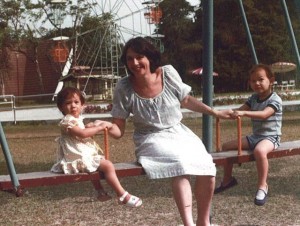
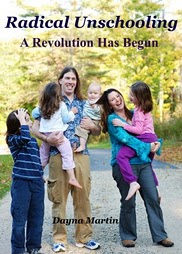
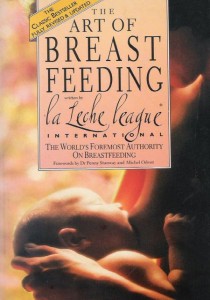
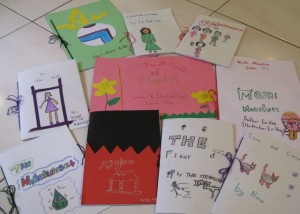
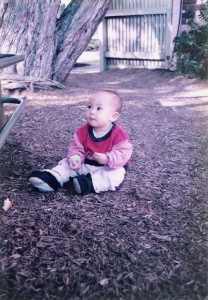

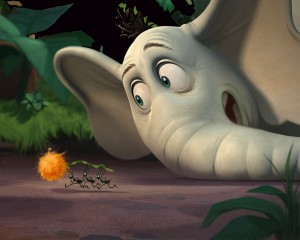

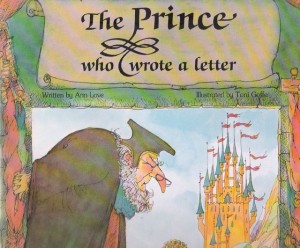
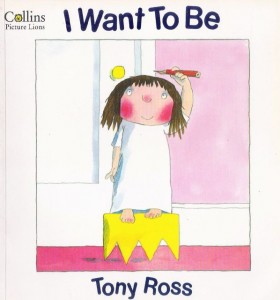
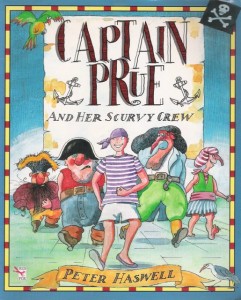

Great guide!
You can read my review of the Spike Jonze film over at my blog:
http://daphne.blogs.com/books/2010/01/truly-wild.html
Interestingly, Sendak liked Jonze’s adaptation EXCEPT for the fact that Jonze has Max run AWAY from his house and board a boat that takes him to the land where the wild things are. Sendak wanted JOnze to stick to the original idea of Max’s imagination transforming his room into “the world all around” and providing him with transport to the wild ones. It changes the story considerably when the wild things and their world is no longer a product on Max’s imagnation. For a start, it means that, in the film, Max is not in control of the creatures or situation, nor are they are manifestation of his anger and wild urges. Thus the whole point of the book, I feel, is lost.
Thanks for dropping by, Daphne. I, too, am a bit of a purist so prefer the original point of the book, which is that the monsters are a figment of Max’s imagination, therefore, “safe” and totally within his control.